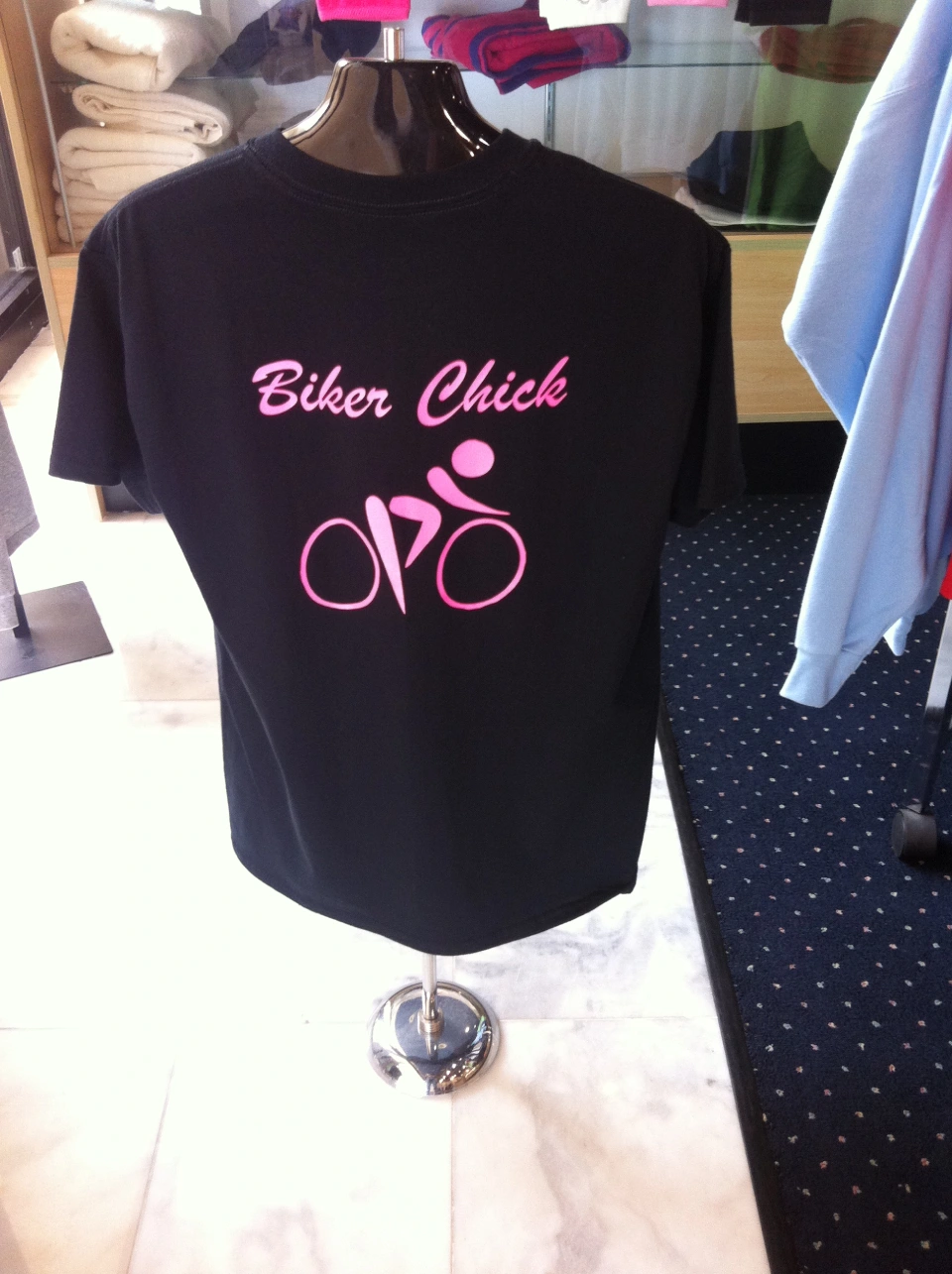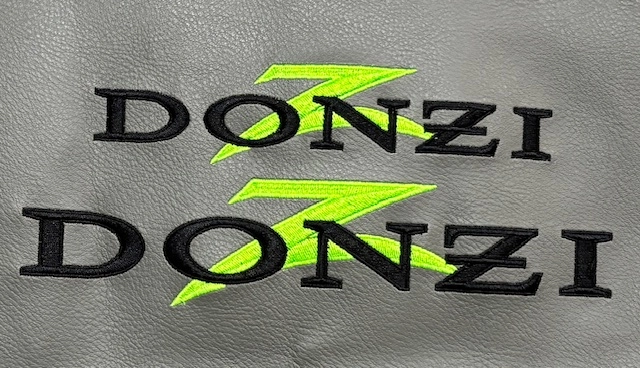Custom-made Embroidery for All Your Requirements - From School Uniforms to Sports Teams
Custom-made Embroidery for All Your Requirements - From School Uniforms to Sports Teams
Blog Article
The Art of Customized Embroidery: Opening the Tricks to Creating Special and Remarkable Designs
The keys to producing customized needlework designs that astound the eye and leave an enduring perception lie in a delicate equilibrium of method, creative thinking, and focus to detail. As we delve right into the globe of custom-made needlework, we discover the nuanced interplay in between thread choice, stitch complexity, and layout personalization that elevates a plain garment to a job of art.
Picking the Right Needlework Threads
When selecting embroidery threads, what crucial factors should you think about to make sure the most effective outcomes for your customized layouts? The choice of embroidery string is important in identifying the final end result of your stitched design. Among the key considerations is the product of the thread. Various products such as cotton, polyester, rayon, and silk supply varying levels of sheen, durability, and texture. It is essential to select a thread product that enhances the fabric you are embroidering on and lines up with the preferred look of the design.
Thicker strings can include dimension and appearance to your design, while finer strings are suitable for elaborate information and small message. Furthermore, taking into consideration the shade fastness and washability of the string is important to make certain that your personalized layouts keep their top quality and vibrancy over time.
Exploring Different Stitch Strategies
To look into the realm of 'Discovering Various Stitch Strategies', one need to realize the details and nuances that each stitching technique brings to the art of needlework. Different stitch strategies not just include visual passion however additionally add to the total texture and measurement of the style. One popular stitch method is the satin stitch, which involves very closely jam-packed parallel stitches to produce a smooth and glossy surface, perfect for completing shapes and developing strong describes.
On the various other hand, the backstitch is a versatile method usually used for detailing and adding fine information. It entails stitching in reverse to create a solid line of needlework. In addition, the French knot stitch includes a responsive element to styles, best for developing textured accents like blossom facilities or attractive touches.
Discovering various stitch methods enables embroiderers to play with light, darkness, and deepness within their styles, boosting the aesthetic charm and imaginative high quality of their embroidery tasks. By grasping different stitching approaches, one can unlock limitless opportunities for developing one-of-a-kind and remarkable custom-made needlework pieces.
Incorporating Personalized Design Elements
Having actually discovered the ins and outs of different stitch techniques such as the satin stitch, backstitch, and French knot, the focus currently changes in the direction of incorporating tailored layout elements in custom needlework projects. Customized style elements play a vital role in making needlework tasks absolutely special and memorable.
Another method to incorporate customized layout elements is by consisting of icons or themes that hold special definition local seamstress to the recipient or mirror their rate of interests and personality. For instance, including a favored flower, pet, or hobby-related symbol can make the needlework design more purposeful and individualized. Furthermore, picking shades that resonate with the recipient or align with the desired theme can even more enhance the personalization of the needlework task.
Mastering the Art of Color Coordination

One secret aspect of shade coordination is comprehending shade theory. This includes recognizing just how various check that colors connect with each various other, the feelings they communicate, and just how they can be integrated to create visually attractive designs. By applying color theory concepts, embroiderers can develop unified color combinations that improve the total appearance of the style.
Additionally, focusing on contrast is critical in shade coordination. Utilizing contrasting shades can assist certain aspects of the style pop, improve legibility, and produce a visually vibrant needlework piece. By mastering the art of shade sychronisation, embroiderers can boost their designs and develop memorable pieces that reverberate with customers and visitors alike.
Enhancing Appearance With Advanced Embroidery Stitches

French knots, for instance, are perfect for adding little, increased dots to your layout, mimicking the appearance of beads or creating a textured surface. Bullion knots, on the various other hand, can be used to create twisted, ropelike components that include an elegant feel to the needlework. Seed sewing involves tiny, scattered stitches that can fill up in areas with a multicolor texture, while turkey work creates check that fluffy, dimensional accents similar to animal hair or foliage. Experimenting with these innovative needlework stitches allows you to press the borders of typical embroidery and develop truly one-of-a-kind and aesthetically appealing appearances in your styles.
Verdict
To conclude, the art of custom-made needlework includes a mix of selecting the ideal strings, discovering different stitch strategies, including personalized design components, grasping shade control, and boosting texture with innovative stitches. By understanding and carrying out these crucial elements, embroiderers can create unique and memorable designs that showcase their creativity and skill. Embroidery lovers can unlock the keys to producing attractive and bespoke pieces that attract attention and leave a long lasting impact.
Report this page